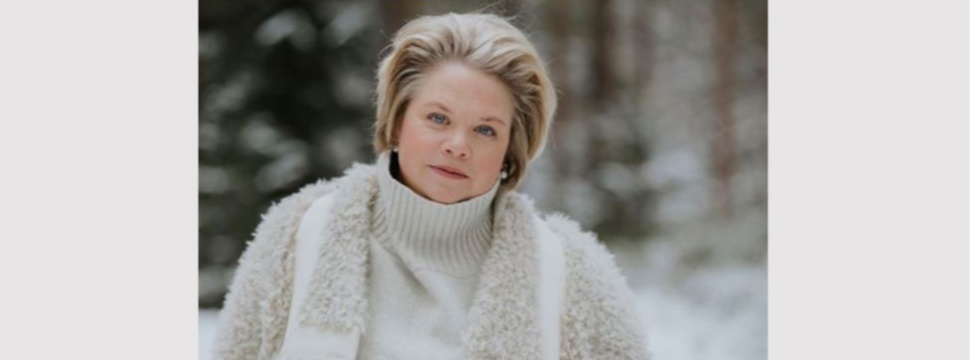UN raises Södra’s sustainable business strategy
News General news
To mark the importance of forest industries on International Forest Day, Södra’s CEO Lotta Lyrå was invited to take part in a podcast produced by the UN on the importance of forests for the circular economy.

It’s International Forest Day, “...just one of the 365 days in the year where we put sustainable forest management on our agenda,” as Södra CEO Lotta Lyrå explains in a UN podcast to mark the day.
In an episode in which the UN’s interviewer praised Södra’s vision and business model, Lyrå explains the importance of the forest industry for society’s transition to a circular economy. She talks about the ‘trinity of purpose’ of working forests: as the world’s carbon sink (they are the lungs of the planet), as a unique source of biodiversity, and as a replacement for fossil-based raw materials in everything from packaging and energy to building materials.
“These three pillars need to be balanced. When done right, we can really contribute to a more sustainable future,” she adds. “This transition (to a circular economy) puts the forest at the centre of everything. Business values and sustainability have never been so closely connected as they are today.”
Innovation is a joint project
Södra aims to drive innovation for a more circular future, but Lyrå recognises we can’t do it alone. She explains how the industry needs to inspire consumers to engage in the circular economy and recognise the importance of forests, and that we need to use the forest in the smartest possible way.
Consumers are putting pressure on business to do the right thing but it can be difficult for the consumer to make informed choices these days. Here producers and brands have a responsibility to communicate and educate what a sustainable choice really means. Legislators, too, must play their part, standardising data and information and removing bottlenecks that hinder circularity while encouraging infrastructure that will support it. The collection and sorting of used textiles are a prime example.
“My kids are so much more conscious of sustainability than I was at their age,” she remarks. “We will see a generation coming forth with the energy and demands to ensure a more circular future becomes reality...I am very optimistic.”










